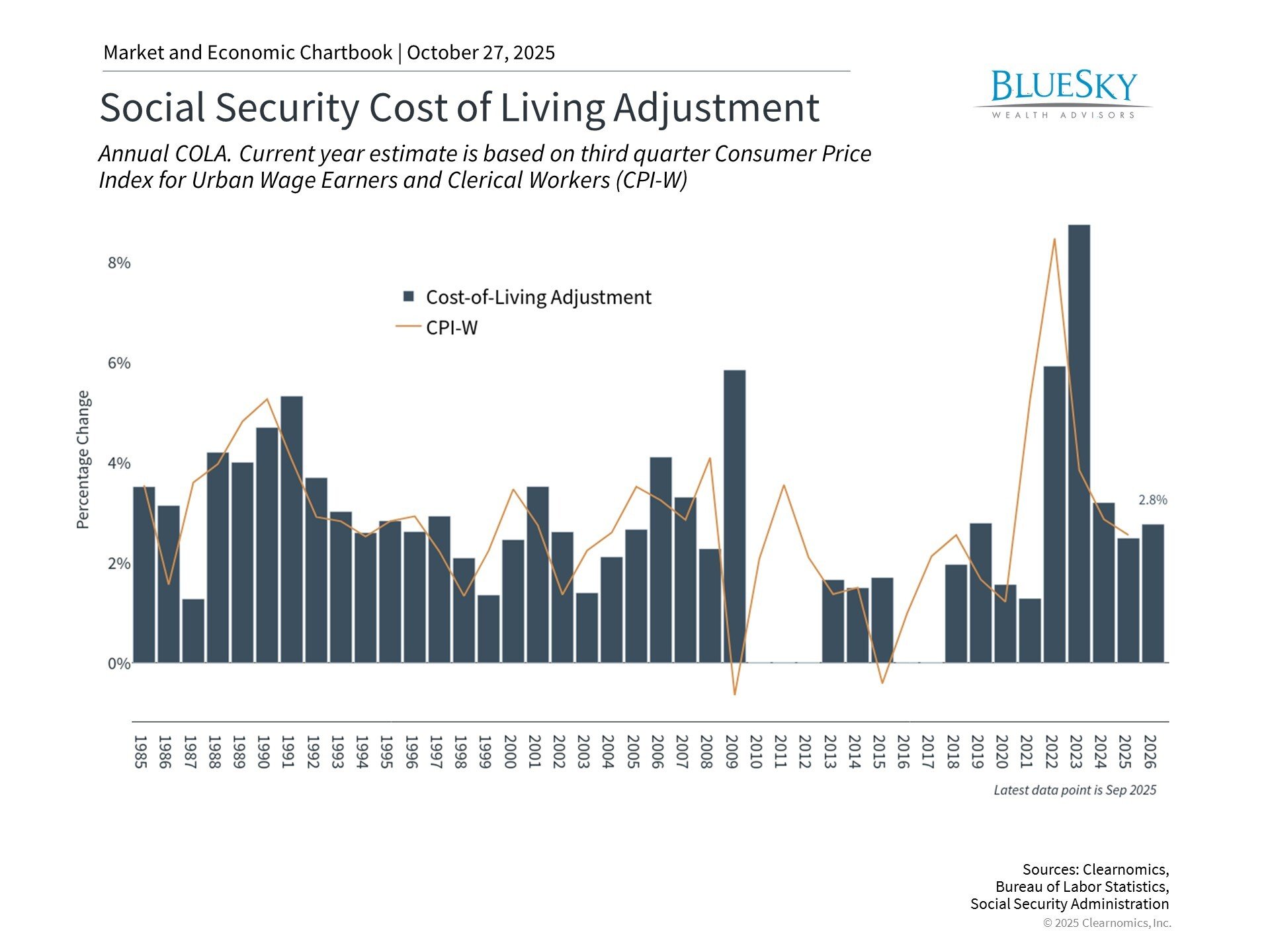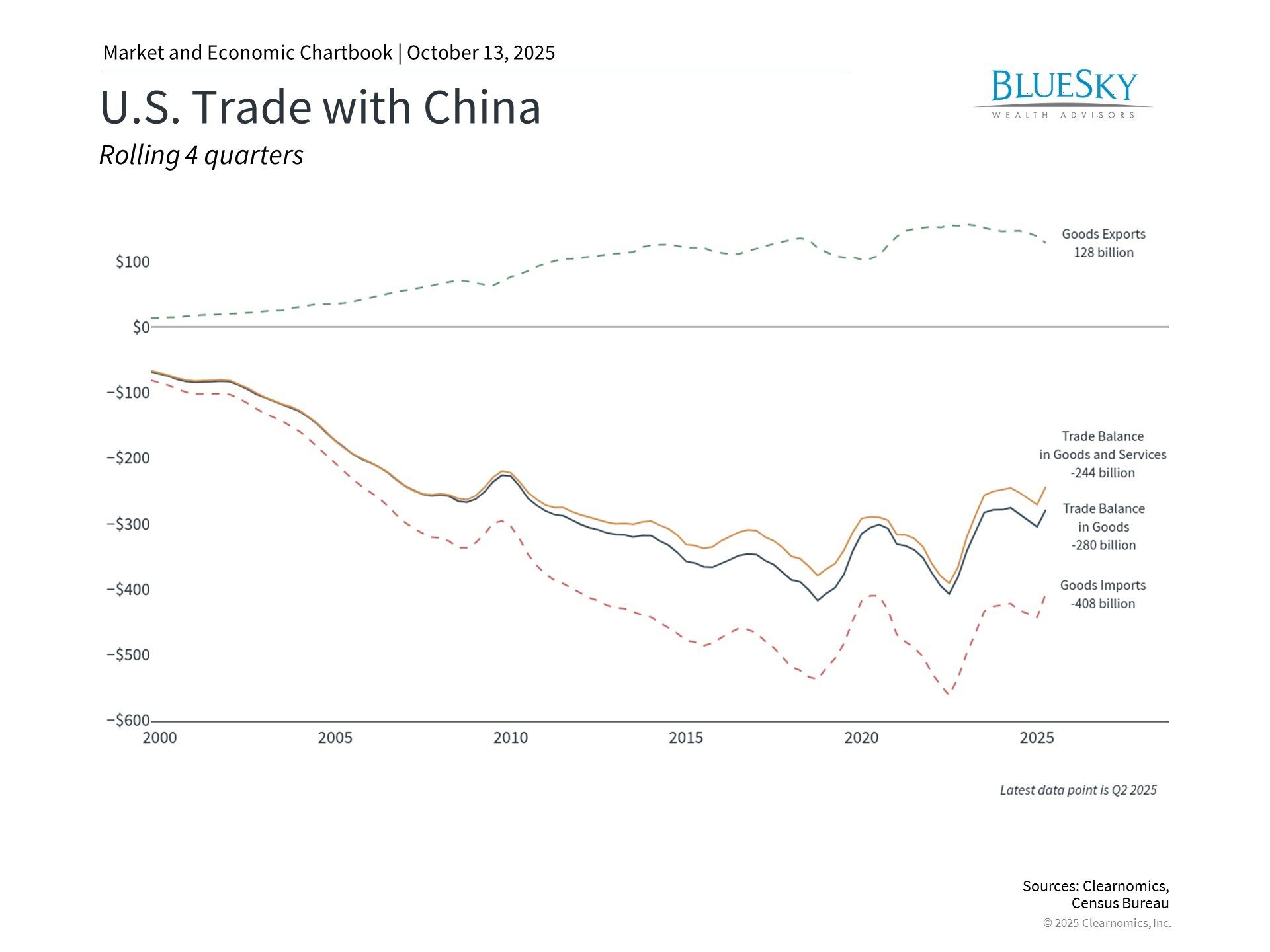
WHERE DO TAX DEDUCTIONS DO THE MOST GOOD?
WHERE DO TAX DEDUCTIONS DO THE MOST GOOD?

Senior Wealth Advisor John Gjertsen, CFA, CFP®, EA explains why tax deductions on the front of the 1040 are often more helpful than those on page 2:
Now that 2016 tax season has wrapped up for all but the extenders, savvy taxpayers should be able to review their Form 1040 and visualize what changes 2017 could bring. Regardless of whether “major tax reform” is passed later this year, there is unlikely to be a revolutionary simplification in the way income taxes are calculated, so the basic structure of the return will be the same. Exclusions and deductions for adjusted gross income, or AGI—also called “above the line” deductions—reduce income on the first page of the return, while exemptions and deductions from AGI—also called “below the line” deductions—reduce income further before taxes are calculated. Although the deductions for AGI and deductions from AGI both have the same effect on taxable income, there are many reasons why the former are often better for the taxpayer than the latter.
AGI, or some closely-related derivative, is used in calculating numerous things on a tax return. Often it is the starting place for calculating a state tax return. A smaller AGI can potentially reduce the way Social Security is taxed, affect qualification for numerous credits, reduce the threshold over which medical and miscellaneous deductions are deductible, increase the degree to which health insurance premiums are subsidized for some taxpayers, and much more. Although a larger AGI increases a sales tax deduction, there are an overwhelming number of reasons to want AGI to be as low as possible.
Furthermore, Schedule A deductions from AGI are really only effective deductions to the extent that they exceed the standard deduction, the free deduction given to every taxpayer who does not itemize. For these reasons, in the few situations where a taxpayer can strategically move a deduction from Schedule A to an exemption or deduction for AGI, it may be a good idea. Below are three examples of such opportunities:
A retiree who is charitably inclined
One of the things Nancy Coumou covered last week was the Qualified Charitable Distribution, or QCD. By making an IRA distribution directly to a public charity, a taxpayer over the age of 70½ can effectively replace a Schedule A charitable deduction of up to $100,000 with an IRA distribution excluded from income, the equivalent of an above the line deduction. In many cases this can reduce the taxability of Social Security income, or else potentially allow the taxpayer to take the standard deduction in addition to the charitable gift, which is effectively deductible since it displaces some or all of a taxable RMD from an IRA.
A sole proprietor
In addition to an above the line deduction for medical insurance undiminished by an AGI threshold, the self-employed can reallocate a reasonable portion of miscellaneous deductions like tax preparation fees and investment advisory fees from Schedule A, where they have to meet a 2% of AGI threshold, to Schedule C, where they do not. This also ends up above the line, reducing AGI.
Itemizers who pay state income tax
While underpayment of state income taxes can result in underpayment penalties, overpayment of state income tax results in a refund which becomes taxable income in the subsequent year in most cases where the state tax deduction was taken on Schedule A. This case is a little different than the others in that it spans multiple tax years, but essentially there is still an inequitable tradeoff between deducting an excess of state income tax paid below the line in one year versus excluding the refund income above the line in the following year. If controlling AGI is important for some other tax considerations, it pays to be accurate with state income tax withholdings and/or estimates rather than to overpay.





